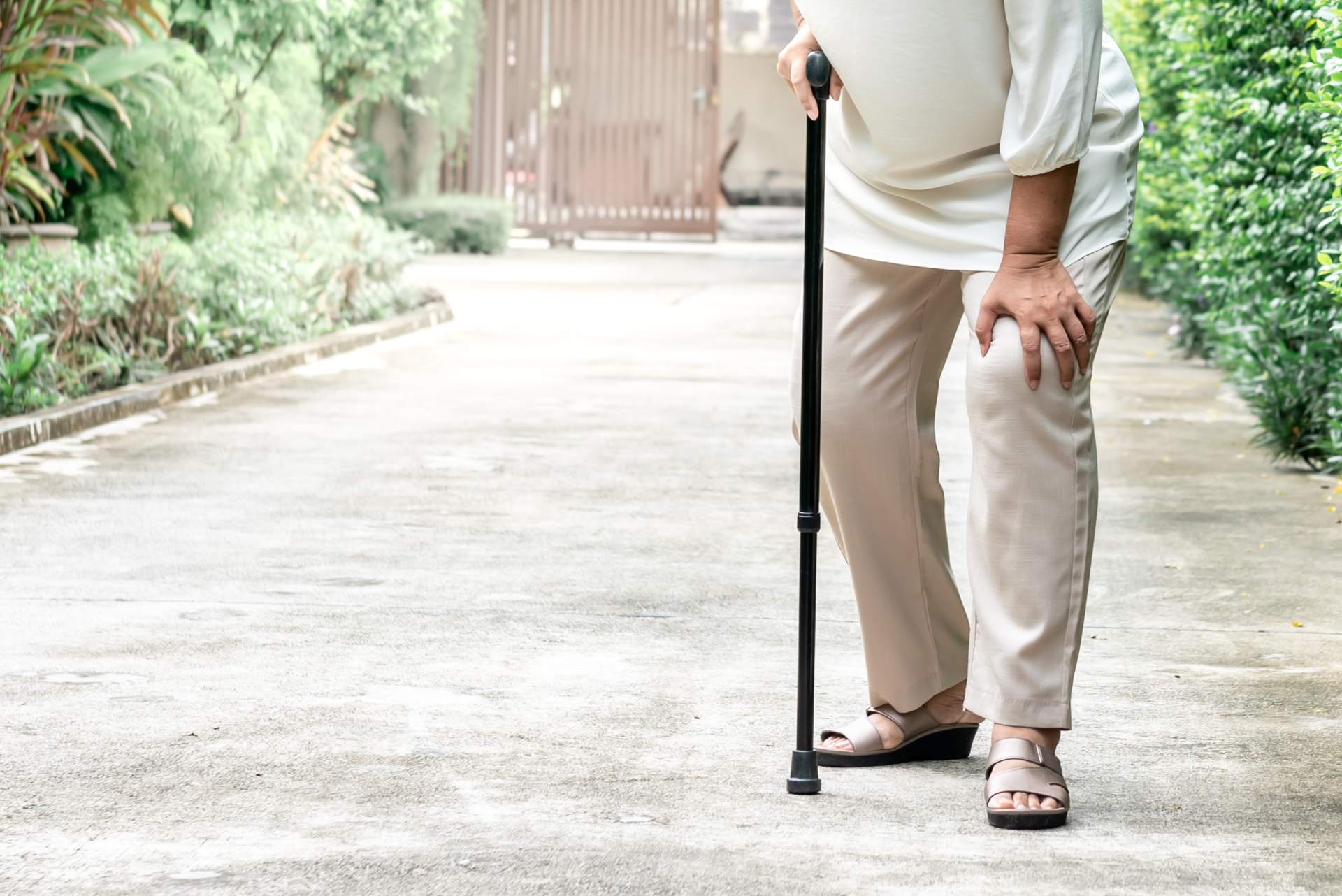Bradykinesia, a key symptom of Parkinson’s disease, is characterized by slowness of movement and is often one of the
earliest indicators of the condition. This occurs due to the degeneration of dopamine-producing neurons, impairing the
ability to initiate and control voluntary actions.
For those living with Parkinson’s, bradykinesia can make everyday tasks—such as dressing, writing, or walking—more
difficult and time-consuming. Understanding bradykinesia, its impact, and effective strategies for management is crucial
for patients, caregivers, and healthcare providers. By recognizing the challenges of slow movement, individuals can
implement solutions to maintain independence and improve quality of life.
Understanding Bradykinesia
What is Bradykinesia?
Bradykinesia is one of the defining motor symptoms of Parkinson’s disease, presenting as a significant reduction in
movement speed. This symptom results from the loss of dopamine-producing neurons in the brain, which play a critical
role in coordinating smooth and controlled muscle movements.
Common signs of bradykinesia include:
- Difficulty initiating movement (e.g., taking the first step when walking)
- Slowed reaction times
- Reduced spontaneous movement (e.g., less frequent blinking or hand gestures)
- Micrographia (progressively smaller handwriting)
- Masked facial expressions (less expressive facial movements)
Early recognition of these symptoms can aid in timely diagnosis and intervention, allowing for more effective management
of Parkinson’s disease.
Causes of Slow Movement
Bradykinesia primarily results from the loss of dopamine-producing neurons in the substantia nigra, a
region of the brain responsible for movement control. Dopamine is essential for transmitting signals between nerve cells
to initiate and coordinate movement. As dopamine levels decline, communication between brain regions becomes less
efficient, leading to slower, more effortful movements.
Additionally, changes in the basal ganglia—a group of structures involved in movement
regulation—contribute to the difficulty in initiating and executing voluntary motions. Environmental factors such as
exposure to toxins have also been associated with an increased risk of Parkinson’s, though genetic
predisposition plays a role for some individuals.
Impact on Daily Life
Challenges with Everyday Tasks
Bradykinesia significantly impacts routine activities, making them more laborious and time-consuming. Common challenges
include:
- Dressing: Buttoning a shirt or tying shoelaces can require extra time and effort due to reduced
dexterity. - Eating: Handling utensils or preparing meals may become frustrating as fine motor control
diminishes. - Writing: Handwriting may become progressively smaller and less legible (micrographia).
- Walking: A slow, shuffling gait can make mobility difficult and increase fatigue.
Recognizing these difficulties allows individuals and caregivers to adopt adaptive techniques and
assistive tools that promote independence.
Shuffling Gait and Fall Risk
A shuffled gait in Parkinson’s disease is a manifestation of bradykinesia, where the slowed and reduced
movement amplitude leads to smaller, quicker steps with minimal foot clearance.This increases the risk of tripping and
falling, particularly when navigating uneven surfaces or crowded spaces. Additional factors that contribute to
fall risk include:
- Reduced arm swing (which affects balance)
- Postural instability
- Freezing episodes (temporary inability to move)
Implementing fall prevention strategies, such as balance exercises and home modifications, can
significantly reduce injury risks.
The Freezing Phenomenon
Freezing of gait is a sudden, temporary inability to move, often triggered by:
- Narrow spaces (e.g., doorways, elevators)
- Changes in walking surfaces
- Multitasking or distractions
Strategies to overcome freezing episodes include:
- Using rhythmic cues (e.g., stepping in time with a metronome or music)
- Shifting body weight forward before initiating movement
- Practicing specific physical therapy techniques to break the freezing cycle
Management and Treatment
Medications for Bradykinesia
Pharmacological treatments focus on restoring dopamine levels to improve movement control. Common medications
include:
- Levodopa (often combined with carbidopa) – The most effective medication for improving bradykinesia.
- Dopamine agonists – Stimulate dopamine receptors and may be used alongside levodopa.
- MAO-B inhibitors – Help slow the breakdown of dopamine in the brain.
Since medication effectiveness can fluctuate throughout the day, adjusting timing and dosage under medical
supervision is essential.
Exercise and Movement Therapy
Physical activity plays a crucial role in managing bradykinesia and maintaining mobility. Beneficial exercises
include:
- Strength training – Enhances muscle control and endurance.
- Balance exercises – Reduces fall risk (e.g., Tai Chi, yoga).
- Gait training – Focuses on improving step length and stride consistency.

A structured exercise plan tailored to individual needs can help maintain flexibility and coordination
over time.
Assistive Tools and Home Modifications
To enhance daily function and safety, individuals with Parkinson’s can use:
- Button hooks and adaptive utensils for easier dressing and eating.
- Grab bars and non-slip flooring to reduce fall risk at home.
- Rolling walkers with brakes for improved mobility and stability.
Strategies for Better Living
Enhancing Daily Functioning
Implementing small lifestyle changes can make everyday tasks more manageable:
- Plan activities during peak medication effectiveness.
- Break tasks into smaller steps to avoid fatigue.
- Use voice-activated technology to reduce the need for fine motor tasks.
- Stay engaged in social activities to maintain cognitive and emotional health.
Supporting Emotional Well-Being
Coping with bradykinesia can be emotionally challenging, leading to frustration or anxiety. Strategies for maintaining
mental well-being include:
- Joining a Parkinson’s support group for shared experiences and encouragement.
- Practicing mindfulness or meditation to manage stress.
- Engaging in hobbies and creative activities to stay motivated and mentally active.
The Parkinson’s Plan: A Comprehensive Approach
The Parkinson’s Plan is a multi-faceted approach to managing Parkinson’s symptoms, focusing on lifestyle
adaptations and symptom control strategies. This plan includes:
- Medication management tailored to symptom progression.
- Nutritional guidance to support brain and muscle health.
- Supplement Support to improve overall health
- Environmental Detox to help alleviate oxidative stress and neurodegeneration.
- Emotional and social support for a well-rounded approach to well-being.
(Note: This plan does not include physical or occupational therapies but encourages movement and activity as part of
daily life.)
Conclusion
Bradykinesia is a core symptom of Parkinson’s disease that significantly affects movement and daily function. While it
presents challenges, a combination of medications, exercise, lifestyle modifications, and supportive
strategies can improve mobility and overall quality of life.
If you or a loved one is experiencing bradykinesia, our team is here to help. Contact us today for
personalized guidance on managing Parkinson’s-related slow movement and maintaining independence.
